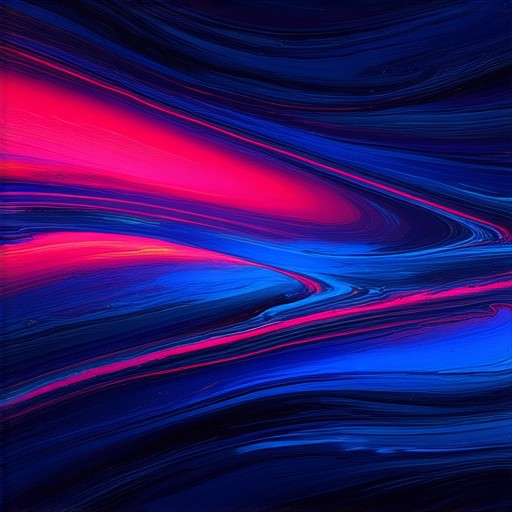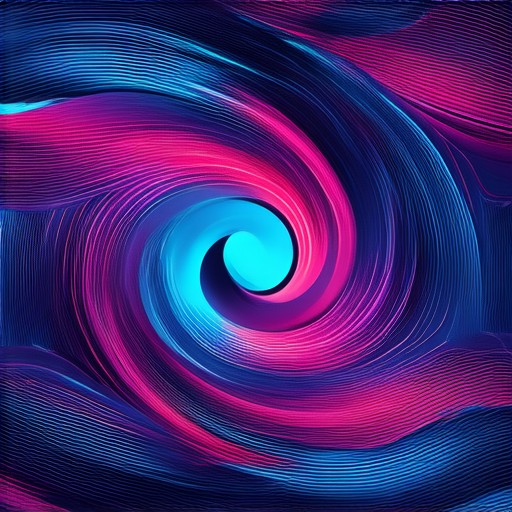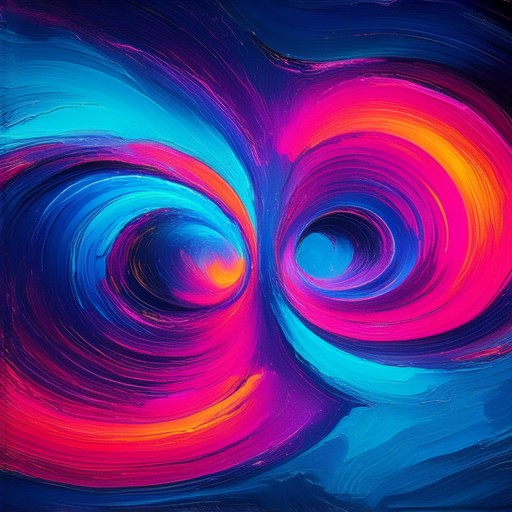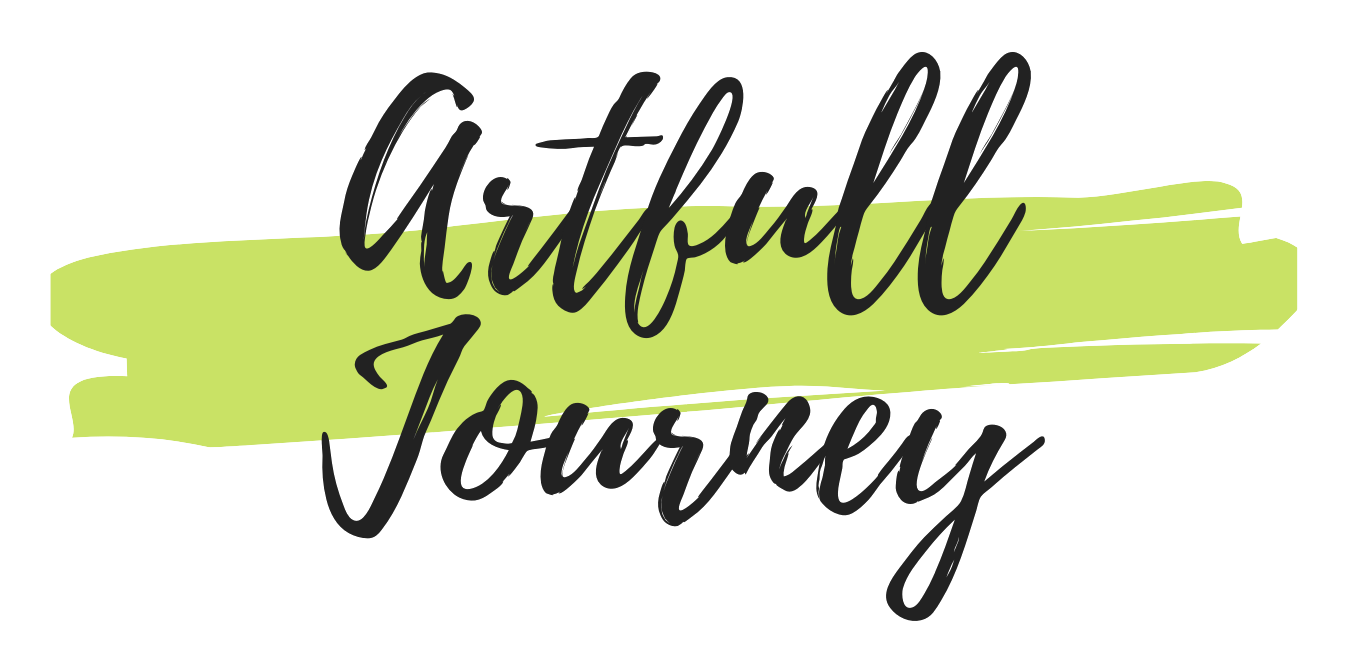Exploring the creative process is a journey that has long been a cornerstone of human progress, driving innovation, artistry, and problem-solving across industries. Whether you’re an artist, entrepreneur, or innovator, understanding the stages, steps, and principles of the creative process is essential for unlocking your potential. From the initial spark of inspiration to the refinement of ideas, this intricate journey is often unpredictable yet universally human. In this article, we delve into the complexities of the creative process, examining its various stages, the types of exploration it entails, and how individuals can navigate its challenges to foster creativity and innovation. By dissecting the creative process, we aim to provide actionable insights and strategies that can help you harness your creativity, whether you’re working on a personal project or leading a team.
Key Takeaways
- Creative Exploration Drives Innovation: Unleash your creativity to innovate and progress across various fields, from art to business.
- Imagination, Intuition, and Critical Thinking: These are the cornerstones of creative exploration, enabling unique ideas and practical solutions.
- Examples Across Fields: Creative exploration thrives in art, science, and business, pushing boundaries and meeting customer needs.
- Role of Platforms Like Artful Journey: Utilize resources to refine skills and explore new creative avenues.
- Innovation Fuels Progress: Embrace creative exploration to contribute meaningfully to personal and societal growth.
- Four Types of Exploration: Engage in art, geographical, historical, and creative exploration to broaden your horizons.
- Four Types of Creativity: Harness divergent, convergent, intuitive, and associative thinking to approach challenges innovatively.
- Leverage Your Strengths: Understand and apply different creativity types to enhance your problem-solving abilities.

The 5 Stages of the Creative Process
The creative process is a structured journey that involves several distinct stages, each contributing to the development of a creative idea or project. Below is a breakdown of the five primary stages, along with insights and practical guidance to help you navigate each phase effectively.
1. Preparation
The preparation stage sets the foundation for your creative work. During this phase, you gather inspiration, conduct research, and define your objectives.
- Gather Inspiration: Explore various sources such as art exhibitions, books, or online platforms like Artful Journey to fuel your creativity.
- Define Objectives: Clearly outline what you aim to achieve, whether it’s creating a painting, designing a logo, or developing a new product concept.
- Research: Delve into your subject matter, studying historical works, cultural influences, or industry trends to inform your approach.
2. Incubation
After preparation, the incubation stage allows your mind to rest and incubate ideas. This is where subconscious thoughts emerge, leading to breakthroughs.
- Brainstorming: Use techniques like mind mapping or free-writing to explore potential ideas.
- Take Breaks: Allow your mind to wander without conscious effort, which often leads to spontaneous creativity.
- Collaboration: Discuss your ideas with others to gain new perspectives and refine your concepts.
3. Illumination
This is the moment of insight, often referred to as the “Aha!” moment, where a new idea or solution suddenly appears.
- Solve Problems: Approach challenges with a fresh perspective, looking for innovative solutions.
- Stay Curious: Keep asking questions and exploring possibilities to unlock new creative avenues.
- Record Ideas: Capture your insights immediately to preserve them before they fade.
4. Evaluation
Once you’ve had an idea, it’s crucial to evaluate its feasibility and potential impact.
- Assess Viability: Consider factors like time, budget, and resources to determine if your idea is practical.
- Refine Concepts: Experiment with variations to improve your idea’s effectiveness and appeal.
- Seek Feedback: Share your ideas with trusted peers or mentors to get constructive criticism and identify improvements.
5. Implementation
The final stage is bringing your ideas to life through action.
- Create a Plan: Develop a timeline and milestones to guide your execution.
- Execute with Precision: Use the right tools and techniques to translate your ideas into reality.
- Reflect and Learn: After completing your project, analyze what worked well and what could be improved for future endeavors.
By mastering these stages, you can systematically approach your creative projects, increasing the likelihood of success and fostering a more structured and productive creative process. Whether you’re an aspiring artist, designer, or innovator, understanding these stages can help you unlock your full potential and produce outstanding results.
What Are the 4 Stages of the Creative Process?
The creative process is a journey that involves several distinct phases, each contributing to the creation of a meaningful piece of work. Below is a breakdown of the four primary stages:
- Incubation
- This is the initial phase where ideas begin to germinate. It’s often a time of introspection and exploration, where concepts are formed and ideas start to take shape. Artists might spend time researching, gathering inspiration, or brainstorming potential solutions to a problem.
-
Inspiration
- During this stage, the artist is influenced by external factors such as nature, culture, or personal experiences. This phase is crucial as it fuels the creative spark, providing direction and motivation for the next steps. It’s about discovering unique perspectives and finding the right angle to approach the project.
-
Execution
- Once inspiration strikes, it’s time to bring ideas to life. This stage involves translating concepts into tangible form, whether through sketching, drafting, or developing a detailed plan. It requires discipline, attention to detail, and the ability to adapt as the project evolves.
-
Reflection
- Finally, reflection allows the creator to evaluate their work, assess its impact, and identify areas for improvement. This stage is about fine-tuning the final product, ensuring it meets the intended goals and standards. It’s also an opportunity for growth, providing insights for future projects.
By understanding these stages, creators can navigate their process more effectively, leading to more fulfilling and impactful outcomes.

The 8 Steps of the Creative Process
The creative process is a structured journey that transforms ideas into tangible outcomes. Below are the eight essential steps that guide creators from recognizing opportunities to producing successful solutions:
- Recognition : Identify a problem, challenge, or opportunity that requires attention. This is the initial spark that sets the creative engine in motion.
- Diagnosis : Analyze the problem or opportunity to understand its nature, scope, and impact. This step ensures a deep understanding of what needs to be addressed.
- Incubation : Allow time for ideas to percolate. Engage in activities that stimulate thinking, whether through reflection, brainstorming, or exploring diverse perspectives.
- Insight : Experience the ‘aha’ moment when a solution or idea emerges. This is the catalyst that transitions ideas from abstract concepts to actionable plans.
- Elaboration : Develop and refine the idea, adding details and expanding on its potential. This step turns raw insights into structured concepts.
- Assessment : Test the feasibility and effectiveness of the idea. Gather feedback and evaluate against criteria to ensure alignment with goals.
- Articulation : Clearly communicate the solution or concept. Whether through storytelling, presentations, or written reports, this step ensures understanding and acceptance.
- Production : Implement the solution, bringing it to life through actions, resources, and execution. This is where the idea becomes a realized outcome.
Each step builds upon the previous, creating a cohesive path from problem recognition to successful creation. By following this structured approach, creators can navigate the complexities of innovation and achieve meaningful results.

What Does Creative Exploration Mean?
Creative exploration refers to the process of discovering new ideas, concepts, or solutions by leveraging imagination, intuition, and critical thinking. It is a vital approach in various fields, including art, science, technology, and business, as it fosters innovation and progress.
At its core, creative exploration involves brainstorming, experimenting, and iterating to develop unique perspectives or solutions. This process often requires stepping outside traditional norms and challenging existing assumptions to uncover fresh possibilities.
Key Components of Creative Exploration
- Imagination : This is the ability to think creatively and envision ideas that may not currently exist. Imagination serves as the foundation for generating innovative thoughts and solutions.
- Intuition : Often described as a gut feeling, intuition plays a crucial role in guiding individuals toward novel ideas or approaches. It complements logical reasoning to help identify opportunities that might otherwise go unnoticed.
- Critical Thinking : Analytical skills are essential for evaluating ideas and refining them into practical, feasible solutions. Critical thinking ensures that creative concepts are grounded in reality and have a clear purpose.
Examples of Creative Exploration
- In the realm of art, creative exploration manifests in experimenting with new techniques, styles, or mediums. Artists often explore different themes and subjects to push boundaries and express themselves uniquely.
- In science, researchers engage in creative exploration by hypothesizing new theories or experimenting with unconventional methods to solve complex problems.
- Businesses leverage creative exploration to innovate products, services, and strategies that meet unmet customer needs or disrupt existing markets.
The Role of Platforms Like Artful Journey
Platforms dedicated to creative exploration, such as Artful Journey, provide resources, tutorials, and inspiration to help artists and creators refine their skills and explore new avenues. By offering diverse art forms, techniques, and cultural insights, these platforms empower individuals to experiment and grow their artistic expression.
Why Creative Exploration Matters
Creative exploration drives innovation, which is essential for personal growth, professional development, and societal advancement. It encourages individuals to think differently, take risks, and embrace change, ultimately leading to meaningful and impactful outcomes.
By embracing creative exploration, we unlock our potential to contribute positively to our world in ways that were previously unimaginable.
What Are the Four Types of Exploration?
The exploration of the world around us can take many forms, each offering unique experiences and learning opportunities. Here are the four primary types of exploration:
- Art Exploration : This involves delving into the creative arts, such as painting, sculpture, photography, and more. It allows individuals to express themselves and understand different cultures through their artistic expressions. Explore various art forms and techniques on our art techniques guide .
- Geographical Exploration : This type focuses on discovering different regions, their landscapes, cultures, and histories. From hiking through mountain ranges to exploring ancient ruins, geographical exploration helps broaden one’s perspective. Plan your journey with our travel guides .
- Historical Exploration : Delving into the past, historical exploration involves studying events, artifacts, and civilizations that shaped our world. This type of exploration fosters a deeper appreciation for human evolution and innovation. Learn more about historical insights .
- Creative Exploration : This encompasses all forms of self-expression, including writing, music, cooking, and crafting. It encourages individuals to think outside the box and develop their unique talents. Discover creative ideas on our creative resources page.

Four Types of Creativity
- Divergent Thinking: This involves generating a wide range of ideas and perspectives. It’s often used in brainstorming sessions where the goal is to explore every possible angle without judgment.
- Convergent Thinking: This is the process of narrowing down ideas to find the most effective solution. It’s practical and often used in problem-solving scenarios where a specific outcome is required.
- Intuitive Thinking: This occurs when ideas or solutions seem to appear spontaneously. It’s common among artists, writers, and inventors who rely on inspiration rather than logical analysis.
- Associative Thinking: This involves combining unrelated ideas to create something new and innovative. It’s frequently seen in humor, metaphors, and creative problem-solving.
Understanding these types of creativity can help individuals harness their unique strengths and approach challenges in different ways.




0 Comments